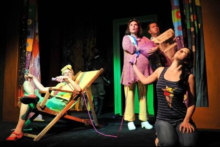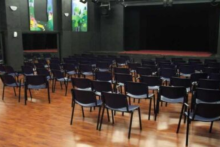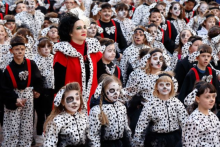Year-round agency offering information on accommodation and transport (ferries, bus, train).
A year-round agency! You'll be well informed about accommodation and transport (ferries, buses, trains). After the end-of-year festivities (Rijeka Advent Events), Karnaval brings the streets to life. Then, in spring, outdoor activities are on offer (Rijeka Outdoor): cycling, hiking, Nordic walking, themed discovery walks, while sea excursions in the Gulf of Kvarner resume. In summer, we'll show you Rijeka's secret beaches, and in autumn, it's all about the region's oenogastronomy.
Did you know? This review was written by our professional authors.
Book the Best Activities with Get Your Guide
Members' reviews on OFFICE DE TOURISME DE RIJEKA
The ratings and reviews below reflect the subjective opinions of members and not the opinion of The Little Witty.
Find unique holiday offers with our partners








